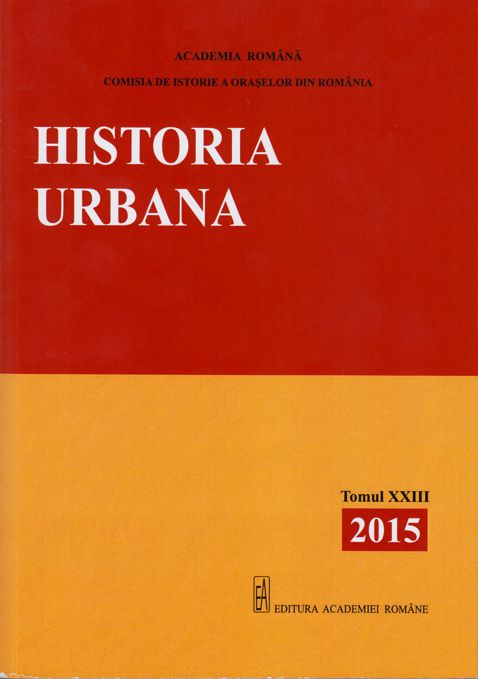Timişoara in der Frühphase der Urbanisierung vom 11. bis 14. Jahrhundert
Timişoara in the early period of urbanization from 11th to 14th centuries
Author(s): Michael WieczorekSubject(s): History, Local History / Microhistory, 6th to 12th Centuries, 13th to 14th Centuries
Published by: Editura Academiei Române
Keywords: Timişoara; demography; set-up community; urbanization;
Summary/Abstract: The organization of early ancient communities already shows the interdependence of state formation and urban development. In the conception of the polity (polis), the ancient town and the state melt together into an operational entity. During the antiquity, the city-state rules the land. Fate and glory of the nation are determined by the city: all the roads lead to Rome. Instead, during feudalism, the state and the civil servants assume power and governance. Towns become administrative units. Therefore the feudal system in the Middle Ages can hardly be read as a logical continuation of the ancient program. The high-medieval period again shows the genuine connection between urbanization and social development that marks the modern Western culture significantly until today. The urban development of the 11th century is based on the appearance of feudal states in the whole of Europe. Finally, the first phase of urbanization is significantly shaped by an increasingly growth of the population and an appropriate extension of the urban system. Feudal medieval kingdoms are formed by migrators. In the early High-Middle Ages a whole medieval society settled down. They built up localities and local culture. One expressive outcome may be the appearance of architecture in many forms. Under the condition of a broad cultural change, the growing population and modern development have constantly improved the extension of urban forms. Social change is going to be legalized. The organization of the feudal society and state is based on a network of administrative centre. The land is divided into dioceses (diocesis) and counties (comitatus). It seems that the Christian churches in particular and the bishops’ residences influence the transformation of rural society and set-up of urban dwellings. In any case, the Middle Ages build the bridge towards modern urban development.
Journal: Historia Urbana
- Issue Year: XXIII/2015
- Issue No: 23
- Page Range: 125-139
- Page Count: 15
- Language: German
- Content File-PDF

